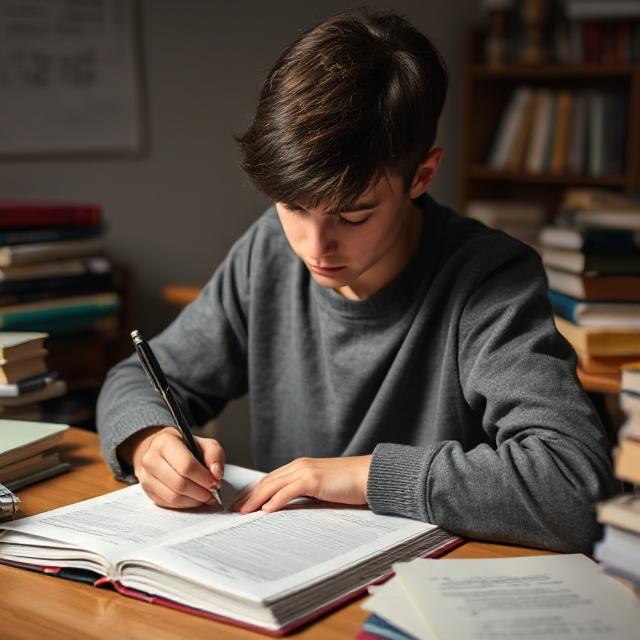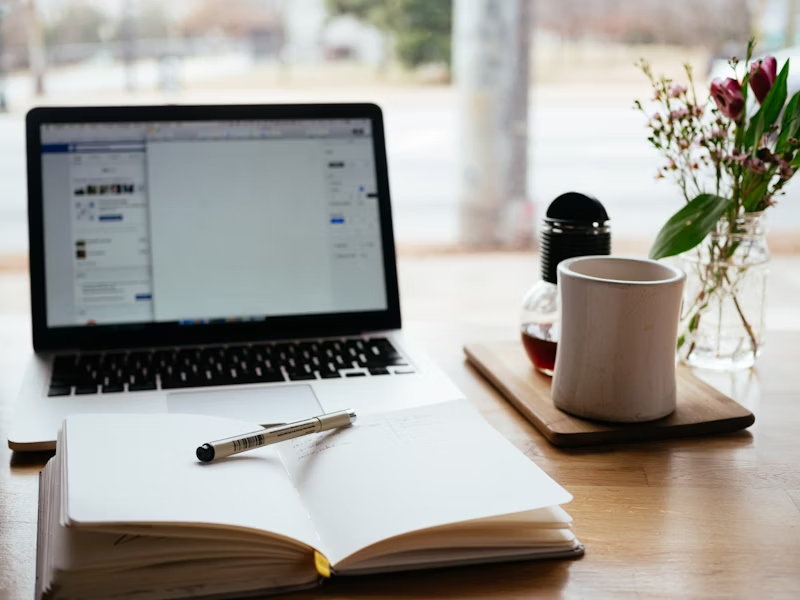“Why do I study for hours but still fail tests?” If this sounds familiar, you’re not alone — many study habits of students are actually wasting time rather than boosting results. Science shows most study habits of students rely on ineffective techniques. Here’s how to spot and fix the worst offenders fast.

Student overwhelmed with books and notes while studying ineffectively
The truth? More hours ≠ better results. It’s how you study that matters.
Here are the 5 biggest study mistakes (and how to fix them tonight).
1. Passive Highlighting = Fake Productivity
“If I highlight this whole page, I’ll remember it!” → Nope. Your brain just ignored everything.
Why it’s bad: Highlighting feels productive but creates zero active learning.
The fix:
- Quiz yourself (Cover notes & recall key points).
- Teach it aloud (Explain concepts to your pet/stuffed animal).
- Use the Cornell Method (Summarize notes in your own words).
(Pro tip: If your highlighter is more colorful than a rainbow, you’re doing it wrong.)
2. Cramming: The All-Nighter Lie

student cramming before exams with tired expression
“I’ll just pull an all-nighter before the exam!” → Your brain forgets 80% of crammed info in 48 hours.
Why it’s bad: Cramming overloads short-term memory (aka “brain spam folder”).
The fix:
- Spaced repetition (Study 20 mins/day for 5 days > 5 hours in one night).
- Flashcards (Anki or Quizlet for automatic review scheduling).
- Preview material before class (Even 5 minutes helps!).
(Fun fact: Sleeping after studying locks in memories. Pulling all-nighters? You’re erasing learning.)
3. Multitasking While Studying = Failing Twice as Hard

Student distracted by phone while trying to study with books open
“I can watch Netflix and review notes!” → Wrong. Your GPA is crying.
Why it’s bad: Multitasking cuts learning efficiency by 40% (UCLA research).
The fix:
- Phone jail: Put it in another room (or use Forest app).
- Study in 25-min bursts (Pomodoro Technique).
- White noise > lyrics (Try “study with me” YouTube videos).
(Try this: For every notification you check, add $1 to your “I regret this” jar. You’ll quit fast.)
4. Rewriting Notes Like a Robot

Handwriting notes repeatedly with no active learning involved
“If I copy my notes 10 times, I’ll remember!” → Congrats, you’ve mastered hand cramps.
Why it’s bad: Mindless rewriting doesn’t create understanding.
The fix:
- Active recall: Close notes & write everything you remember.
- Make concept maps (Link ideas visually).
- Turn notes into Q&A (Quiz yourself later with Quizlet ).
(Example: Instead of copying “Mitochondria = powerhouse,” ask: “Why do cells need mitochondria?”)
5. Studying in Bed = Sleep + Failure Combo

Student studying on bed and falling asleep while holding a book
“My bed is so comfy for studying!” → Your brain thinks it’s naptime.
Why it’s bad: Your brain links beds with sleep, not focus.
The fix:
- Study at a desk/library (Even the kitchen table works).
- Use the “5-minute rule”: If you’re stuck, work just 5 more minutes.
- Stand up & stretch every 30 mins (Boosts blood flow to brain).
(Warning: Studying in bed trains your brain to fall asleep during lectures. You’ve been warned.)
Bonus: The 10-Minute Study Hack That Beats 2-Hour Sessions
A Proven Fix for Common Study Habits of Students
- Before bed: Review toughest material for 10 mins.
- Sleep: Let your brain process it.
- Morning: Revisit for 5 mins.
→ 50% better retention (Harvard study).

Key Takeaway: Work Smarter, Not Longer
✅ Ditch passive highlighting → Active recall is king.
✅ Stop cramming → Spaced repetition saves grades.
✅ Kill distractions → Your phone is the enemy.
✅ Study upright → Beds are for sleep, not calculus.
Want better results? Start fixing the study habits of students that are wasting your time — one small change at a time.
